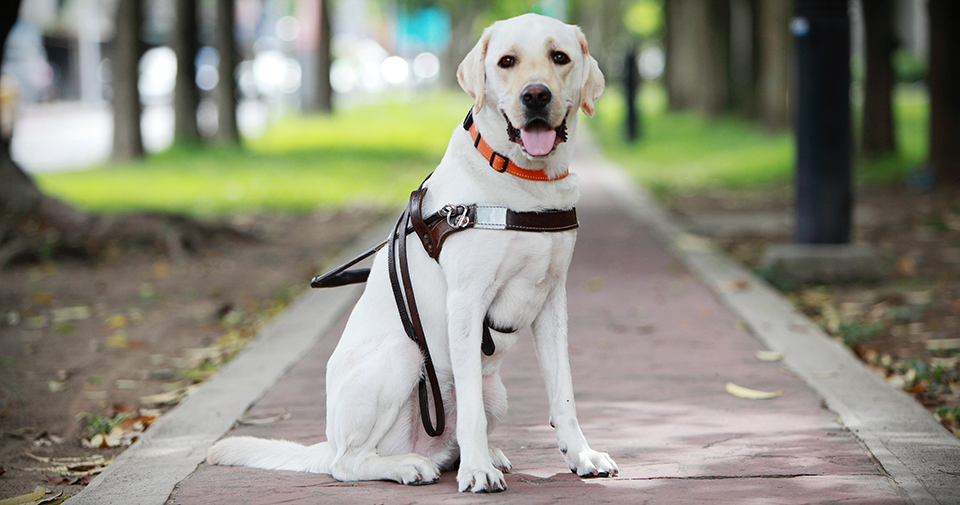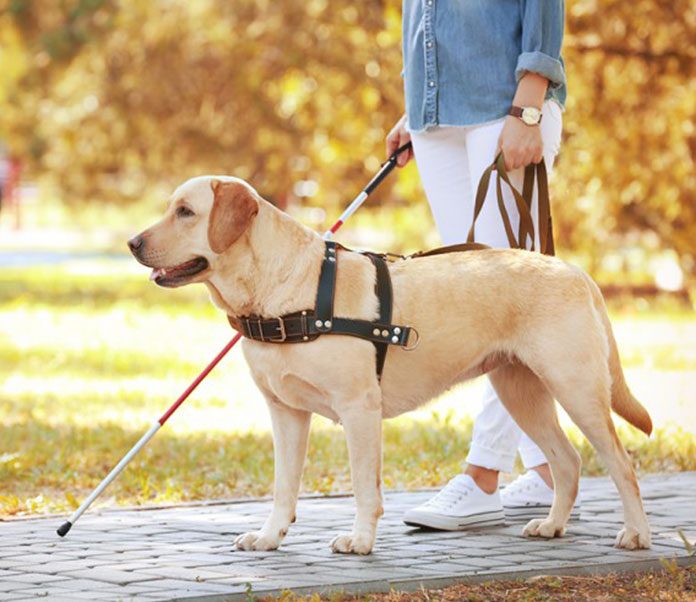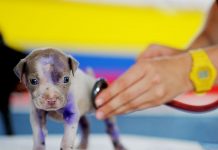As people get too old, they find it difficult to even do daily chores at home. Such people especially, require a helping hand. Animals can be trained to become great domestic help.
Along with helping they also can provide great companionship. The most preferable pets are dogs. Cats are kept as pets to provide company to people like senior citizens who are stressed out or are heart patients, blood pressure patients, so as to help them beat stress. Even exotic pets such as capuchin monkeys are trained for this purpose. Not only are they big help for senior citizens but as well as for the physically handicapped such as blind people and quadriplegics.
Service dogs are dogs are specially trained dogs for patients with disabilities. The hearing dog is a special kind of service dog which are trained to help the hearing impaired and deaf people. They help by alerting the disabled when it hears important sounds such as phone rings, doorbells, alarm clocks and smoke alarms. They are of great help not only within the house, but also outdoors. They alert the handler when someone calls out the persons name, approaching sirens, and forklifts. Hearing dogs can be recognized by the bright orange leash and collar they are made to wear. Sometimes they even wear a jacket or a cape which can be of any color.

Some service dogs are also trained as mobility assistance dog to help a physically handicapped person. They are trained to open and close doors, pick up things, and even turn on and off the switches. Dogs with larger build are also trained to pull patients in wheelchairs. They do this with the help of a special harness which facilitates them to pull objects.
They are also trained as walker dogs, which are also nicknamed as living canes. They help patients with Parkinson抯 disease and other disorders. They assist their owners with the help of their gait and also provide balance while walking. Incase the handler falls off, the dog helps to regain position by acting as a brace. All kinds of mobility assistance dogs are allowed in areas where pet aren抰 allowed, like in public places and transportations.
Dogs are also trained for assisting people with Type 1 diabetes. They are service dogs trained to smell the odor changes in the body which helps to determine hypoglycemia or low blood glucose. Another type of service dogs is seizure response dog. They help patients with epilepsy or seizure disorder. They help to seek help in case of emergency, block the handler with absence seizures, pull dangerous objects away from the body, and wake up the unconscious patient. They are also trained to use a pre-programmed phone. They also provide physical and emotional support and also carry information about the patient抯 medical condition.
Service dogs are also trained to help people with psychiatric disabilities such as schizophrenia, bipolar disorder, anxiety disorder, depressive disorder, autism, and post traumatic stress disorder. They alert the handler to take medicines, and also help people having hallucinations, paranoia or alerting behaviors. They also act as a brace and help to retrieve objects. Dogs which help the visually impaired people or blind people are known as guide dogs. They help the handler to walk around obstacles. But the disadvantage here is that dogs are partially color blind. They cannot see red and green color, so they cannot help the blind with traffic signals. They even cannot be trained to interpret street signs. Guide horses are also employed to help people who are blind and who do not prefer guide dogs. The horses are miniature horses. Some people prefer horses because they live longer than the dogs. Some are also allergic or scared of dogs. But the advantage of keeping a guide dog is that they can live within the house, but the horse needs to be kept in a barn. Also horses cannot travel on public transportations like a dog.
Capuchin monkeys are also trained by some organizations. They help the quadriplegics or patients who have paralysis in all their four limbs. Initially they should be brought up with people with no disabilities and then after reaching a certain age; they can be given intense training and then transferred to the home of the quadriplegic. They can perform tasks such as opening bottles, microwaving food and they even wash the face of their owner. They are also very friendly animals and are safe for kids, too.


































